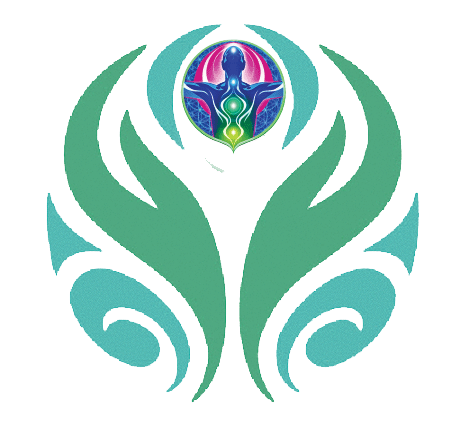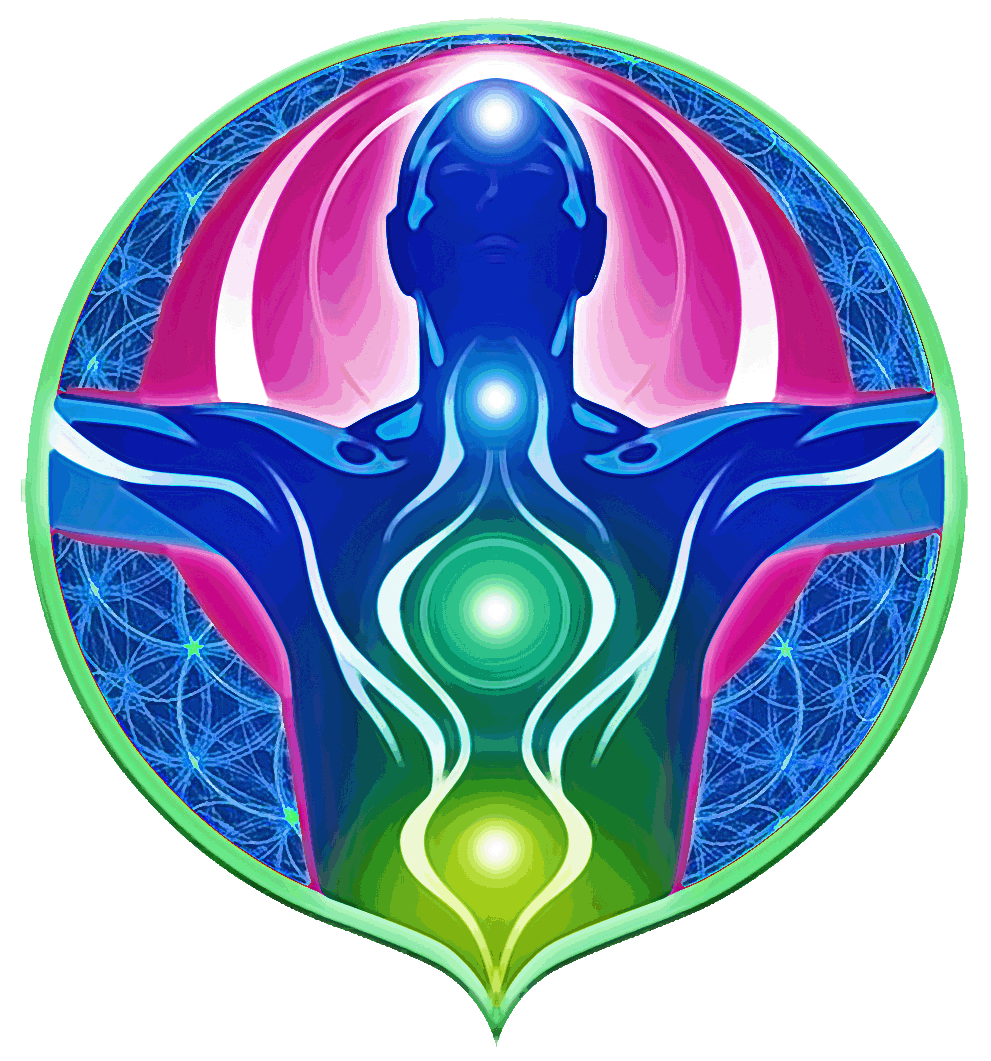















Arthur Munyer
+49 176 64327156
Safety Proximity Touch Bonding
EMPATHIC CONSCIOUSNESS APPROACH
has evoled to
Testimonials
Neural Somatic Integration ®
A personal report
(The following text about the Work with Arthur Munyer
is written in the first person and describes the work
which is now known as "Neural Somatic Integration®". Some of it
is out of date as Arthur did the trials and Methods of work further developed
Has. I offer this as a basis for the principles and practices
described in the NSI manual.)
Arthur Munyer sits across from me. We both sit in identical Ikea chairs with the difference that on that of Arthur lies a sheepskin. Our knees are almost touching. We're in the annex to Arthur's home in Carmel, California. All around are windows through which you can see a lush green, tree-lined garden. Sunlight streams into the room and is sparkling refracted by a hanging crystal. On the wall there is a picture of hands holding a newborn baby. There are several "altars" in the room, with different objects: figures, crystals, pictures of spiritual teachers.
I came to Arthur for a trigger point massage to treat a chronic stiffness of the neck and pain that I've had for nearly 10 years. I have Already tried almost all kinds of remedies that one could choose for mine Ailments: deep tissue massage, chiropractic, body therapy, stretching exercises, electrical stimulation therapy, magnets, essential oils, psychotherapy, antibiotics, cortisone and food supplements galore. All of this has helped to some extent or temporarily, but my range of motion is still 30% restricted and the pain is acute. Arthur is my latest attempt. When asked for a recommendation for a trigger point masseur at the local massage school, only one name came up: Arthur Munyer.
Arthur Munyer is an advanced Esalen® massage teacher, Somatic Experiencing® practitioner and trigger point therapist. He has been practicing and teaching bodywork, techniques for spiritual and emotional healing at the Esalen® Institute in Big Sur and other places in the USA, South America, Europe and Bali for more than 30 years. He is also a Sivananda® yoga teacher. He has developed his own unique body-centered healing work which he calls the Munyer Method ™.
Arthur and I talk. In fact, in that first session, we talk all the time. There is a massage bench right next to us and of course I expect to spend most of the time on it. But Arthur has other ideas. He wants me to tell him the best thing that has happened to me in the last 24 hours. I want to talk about my neck, but Arthur doesn't seem that interested. Instead, he asks what gave me the greatest pleasure during the day. I think about it and describe a moment when I walked through Point Lobos National Park, which is just above the road. I am describing the natural beauty of the place, the freshness of the air, the dramatic connection of land and sea, the unique geology, the seals, otters and sea lions. I start to relax. Arthur notices that my legs are shaking.
"Slow down," he says and leads me into an extensive, meditative exploration of my body and of images, thoughts and feelings that arise while I move my legs slower and slower, to micro-movements that almost nothing more than movements are recognizable. My mind begins to wander, from images of my childhood to memories of a painful divorce over 40 years ago, feelings about my mother, the relationship with my current wife, unemployment, fatigue, depression and neck pain.
Throughout the trip Arthur watches me closely and listens to me, he doesn't listen so much to the story as to something in my voice or maybe something that's in my body movements. Sometimes we sit in silence for a while without either of us saying anything for a long time. Arthur periodically asks me felt in my body. “Do you feel something in your hands? Do you feel heat on your face? ”After a while he asks me to look around the room. He had invited me to do this the first moment I sat down. "Just take a look around," he said. "What do you see?" I commented on the cobwebs I see outside the windows, the green of the bushes and the warmth of the sunlight. Now Arthur asks: "Do you notice a difference?" I scan the room again and say: "Things look brighter, greener, more three-dimensional." I see a picture that I do have not noticed before. "How does your neck feel?" Asks Arthur, asking me to bend my neck back and forth. "About the same", I say. "Well, we have to work on that," says Arthur. And finally we do that - in the most intense way. Arthur is definitely a trigger point masseur. He uses a variety of bodywork techniques to relax my neck and moves it in ways it hasn't moved in years. But we start the same way every time: look around the room. Tell me about something positive that happened to you today. Perceiving unconscious gestures or movements. Slow it down. Follow your thoughts, feelings, images within yourself. Recognize repetitive stories. Allow feelings to come up and express themselves. Come back to the present. Orientate yourself again in the room. And then, when asked, bodywork. After a while I begin to understand what Arthur is doing. The Munyer Method ™ is an integrated 4-body therapeutic process (physical, mental, emotional and spiritual) to heal trauma by releasing blocked and condensed energies. I thought I signed up for "trigger point massage," a technique developed by Janet Travell in the 1960s that involves a combination of pressure and injections to release trigger points, tension within muscles and tissues of the physical body. Arthur doesn't work with injections. And although he knows anatomy as well as any other therapist I've worked with, his interest lies in true yoga, an integration of body, mind and spirit. Of the four bodies, the physical is the most obvious. It is where most massages start and stop. There you will find muscles, tendons, cartilage, connective tissue, bones, lymph fluid and blood. According to Arthur and many other body therapists and teachers, the body stores various types of trauma, and in cases of severe or prolonged trauma it shows physical symptoms. The trauma can be physical, including the birth itself, but it can also be psychological, emotional, or spiritual in origin. Life provides many opportunities for trauma. Starting with the origin of the birth, the confusion and possible abuse during childhood as well as during the emotionally stressful period of growing up, failing relationships, frustration in training, the occasional falling off a block of wood or whiplash caused by a rear-end collision. Each of the above, if severe enough, or experienced for a long time, is very likely to lead to pathological symptoms. A stiff neck is a common consequence of trauma. The neck proves to be very sensitive, regardless of whether the trauma was caused by whiplash or long work on the computer. The lower back is also a popular area.
Click here - to read more of this testimonial

